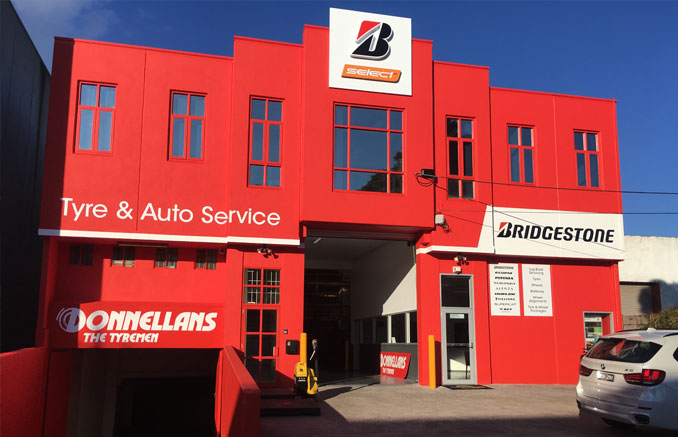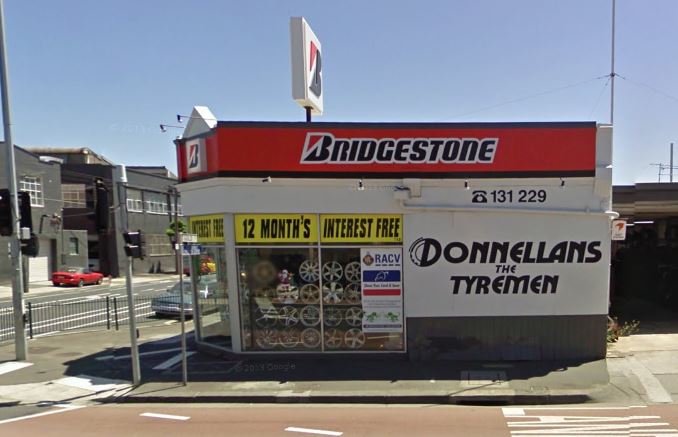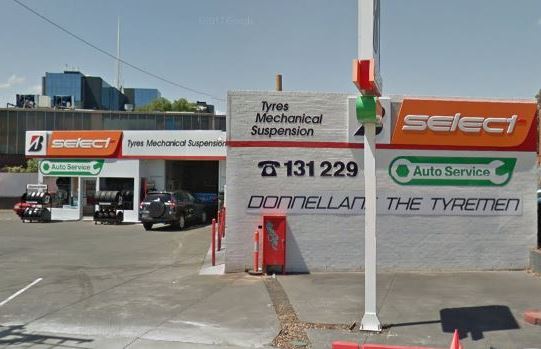Back to Latest News
Types of tyre damage
Tyres are the only thing connecting your vehicle to the road. They have the final say on how your vehicle drives, feels, accelerates and importantly, stops.
They’re placed in a risky position where they are susceptible to uneven wear, potholes, debris on the road and they rely on being inflated to the correct damage.
Tyre Punctures
Punctures are probably the most well-known type of damage that tyres can suffer. Punctures are caused by sharp objects such a glass and nails in most situations, although large objects can pierce through a tyre if you’re particularly unlucky.
Punctures can’t always be avoided, and you should never swerve when driving, but if you see road debris or items on the road, moving to either side so that you pass the debris is the best move. If you’re on a collision course with debris, the best thing to do is coast over the debris without stomping the brakes. Braking puts much more weight onto the front tyres, potentially forcing them down onto debris much harder than otherwise.
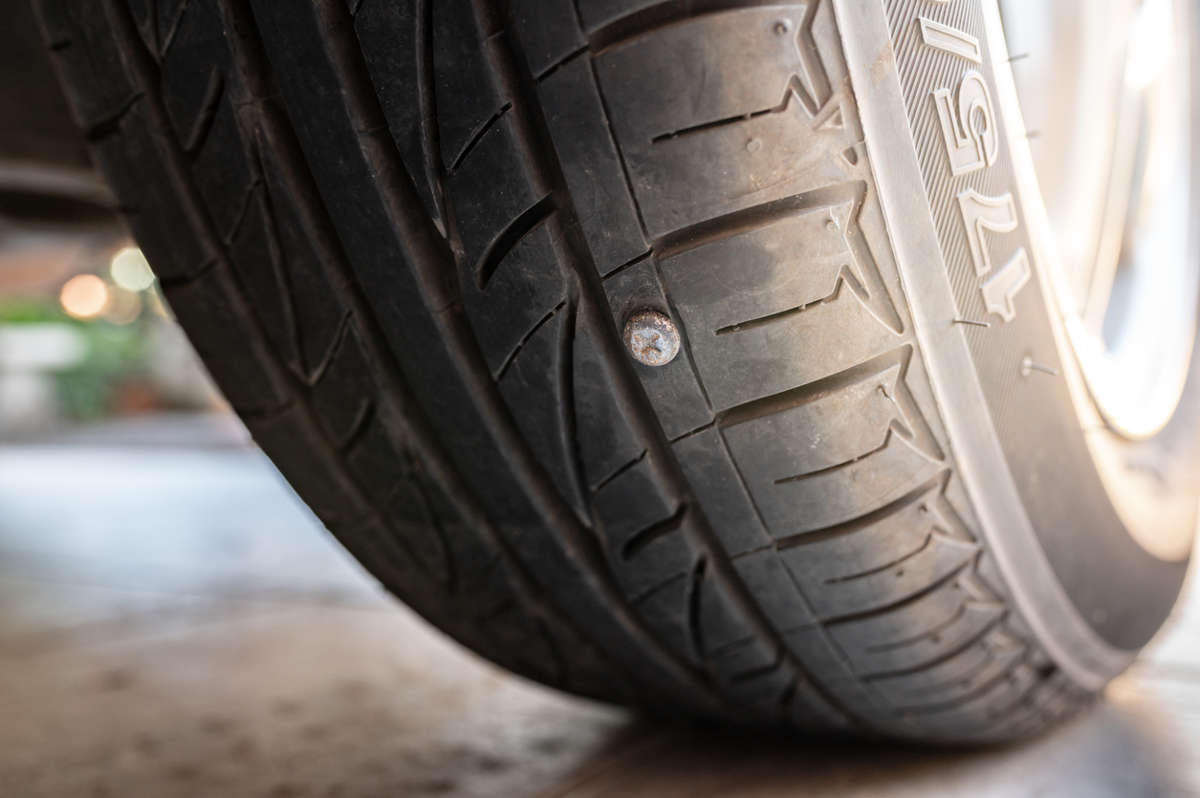
Punctures can occur even with brand new tyres, in some situations over half the weight of your car can be focused on a point as large as the tip of a nail.
Punctures can be safely repaired with a few exceptions: If the puncture is close to the shoulder of the tyre, or on the sidewall, a puncture repair will not last. A failed puncture repair can result in sudden loss of pressure or a blowout.
Cuts
Tyres can experience cuts from road debris, sidewalls rubbing on curbs or rocks. The difference between a puncture and a cut, is that cuts are in no way repairable.
The exception here is where the cut is on a cosmetic part of the tyre, such as the sacrificial wheel protection strip, or rub strip. If the cut goes all the way down to the tyre plies or you can see metal in the cut, the tyre is toast and has to be replaced as soon as possible.
Cracks
Over time and exposure to oxygen in the atmosphere, the rubber of your tyres can degrade and become harder.
Some minor cracking on the surface of your tyres is acceptable, but as tyres age, the tracks will become larger and the tyres will become harder and more brittle.
This is the primary reason why tyres should be periodically inspected for age-related defects once they become 5 years old, regardless of how much tread is left.
Cracking tyres can only really be avoided by avoiding direct sunlight and keeping your tyres coated in a protective sealant like tyre shine, neither of which are practical. By the time most tyres suffer age related issues, the tread is long worn away and the tyres have been removed from the vehicle.
Bulges
Bulges anywhere on a tyre is a symptom of the internal layers of the tyre separating. A tyre with bulges and bubbles should not be driven on in any circumstances, and the tyre must be deflated and replaced as soon as possible.
Tyres with bubbles can let go suddenly and explosively. It’s just not worth the risk to yourself or other motorists around you.
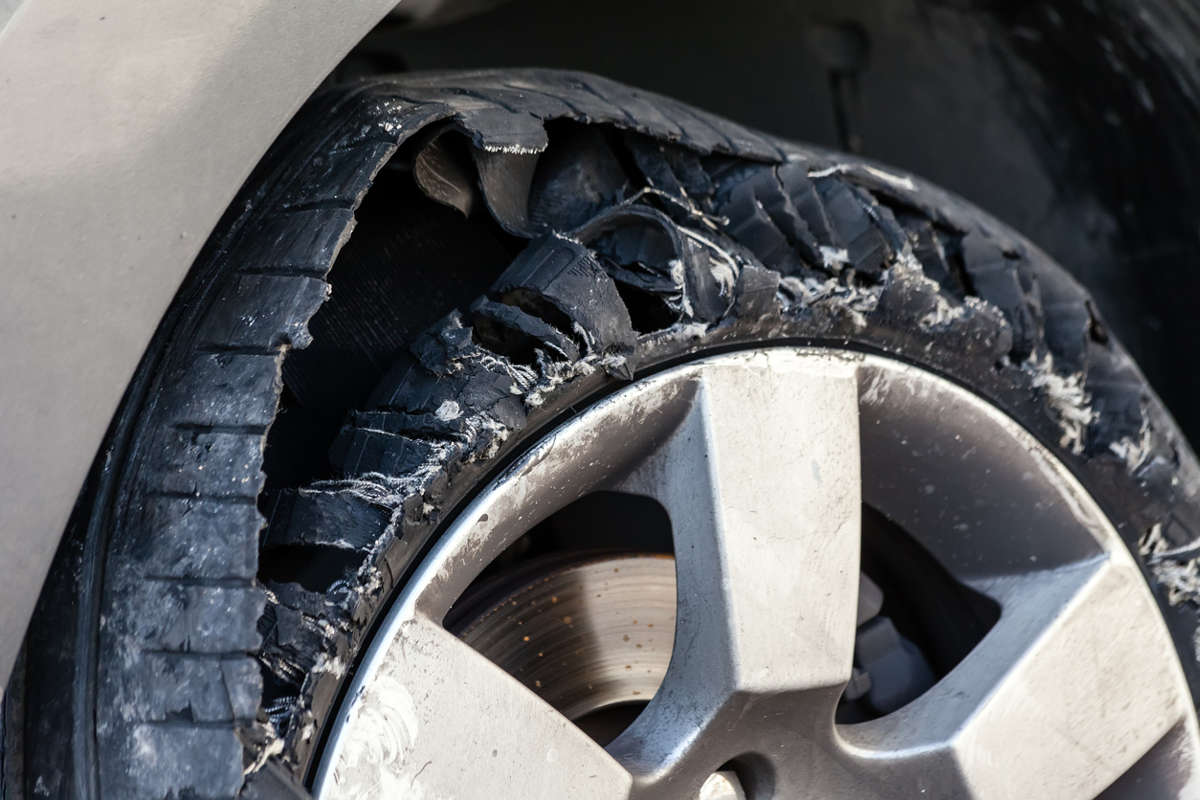
Irregular wear to the tread
Tyres wear out when being used, that’s just how it goes. But getting your tyres to wear evenly side-to-side is key in getting them to last as long as possible. Uneven tyre wear can be caused by a few different issues, such as incorrect tyre pressures.
Setting the correct tyre pressures is simple and easy to do. Most fuel stations have a compressed air hose that can be used to inflate your tyres.
Some causes of uneven tyre wear require special tools and trained staff to diagnose and resolve, such as
- An improper wheel alignment
- Wheels out of balance
- Worn out or damaged suspension components
Measuring your tread wear is easily done with a cheap gauge that can be found at any local auto parts store. You can also use a ruler or a coin to gauge how deep the tread depth is.
Contact Donnellans Today!
We have 4 great locations across the southeast Melbourne region with easy access and plenty of parking available. If you suspect your tyres aren’t in great condition, come see us for a tyre health check by one of our professional team.
Contact us today!
